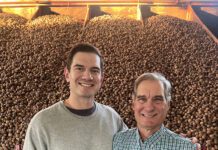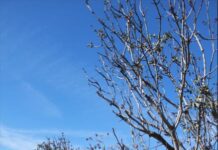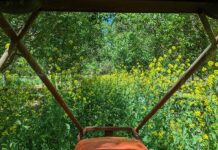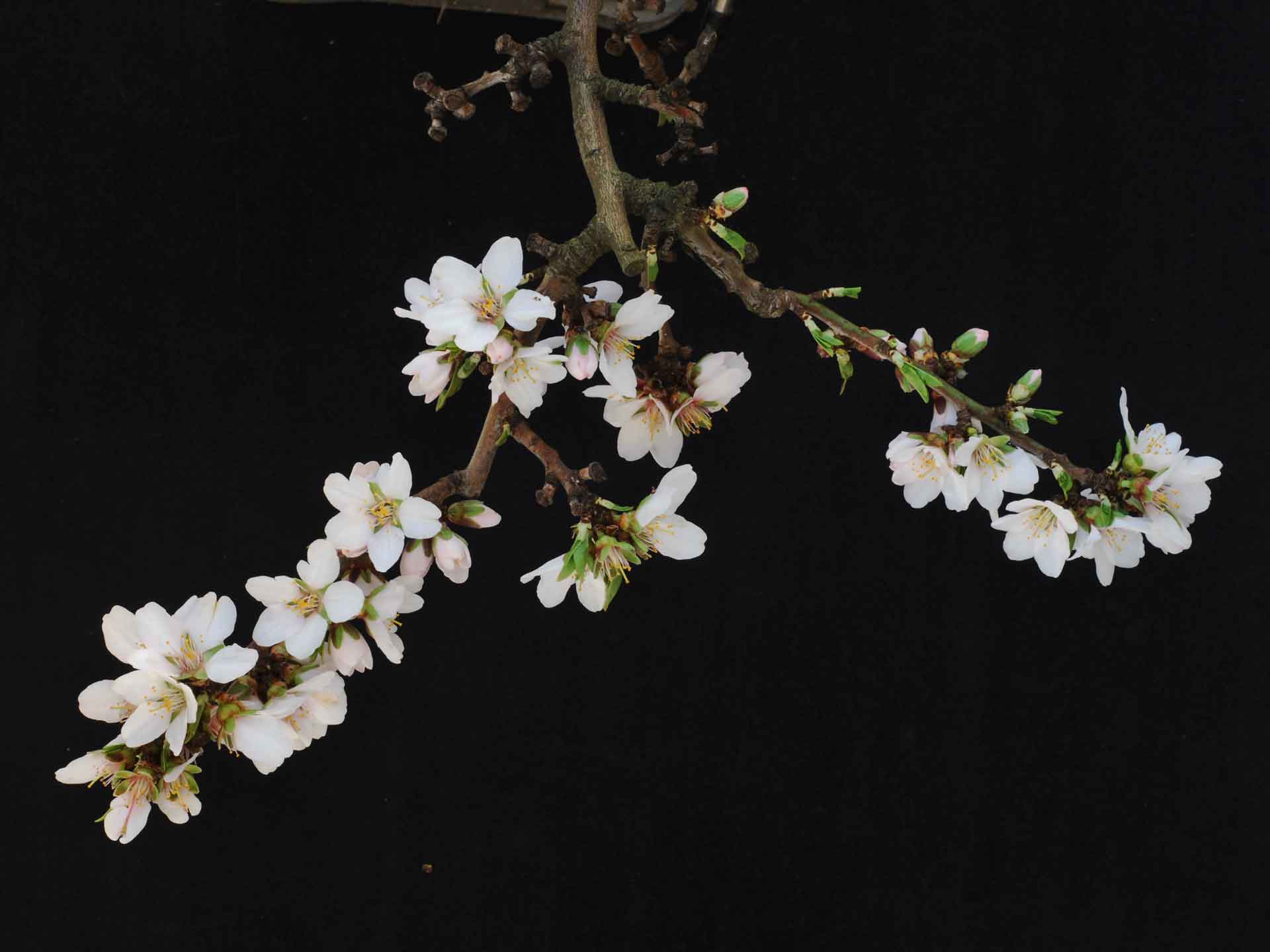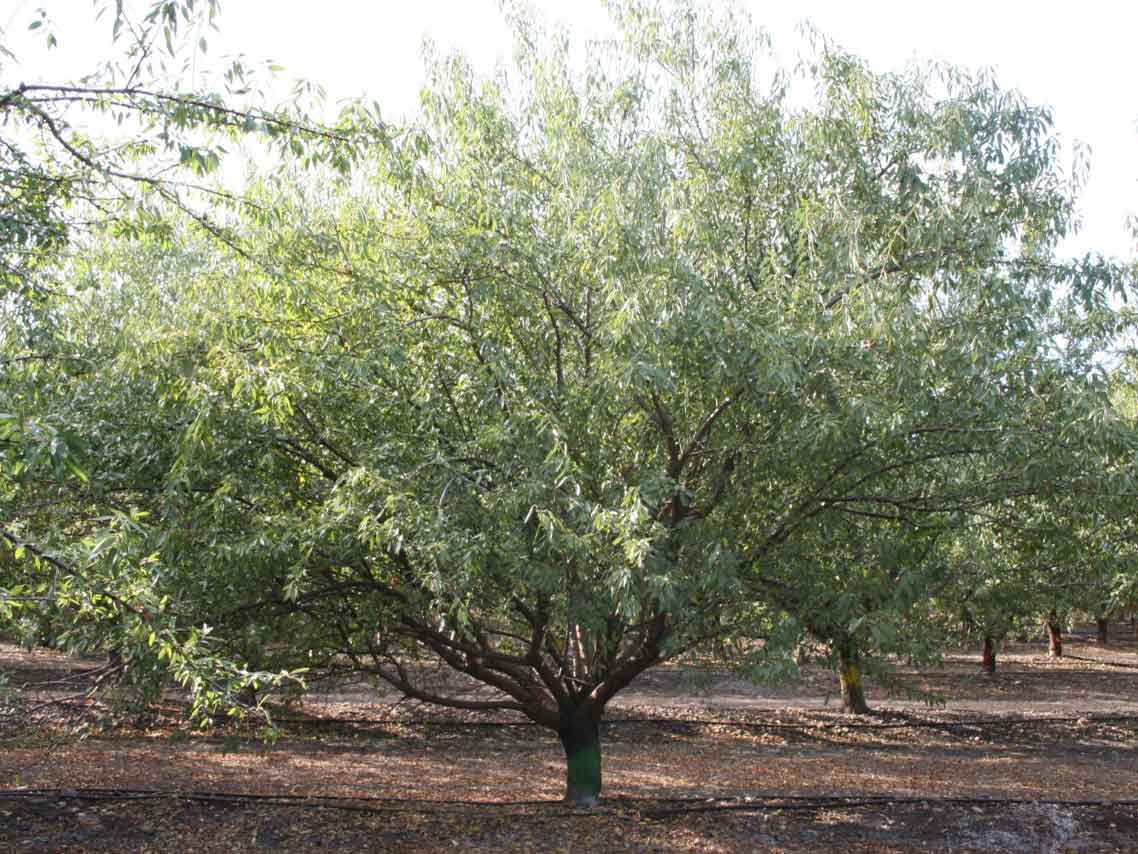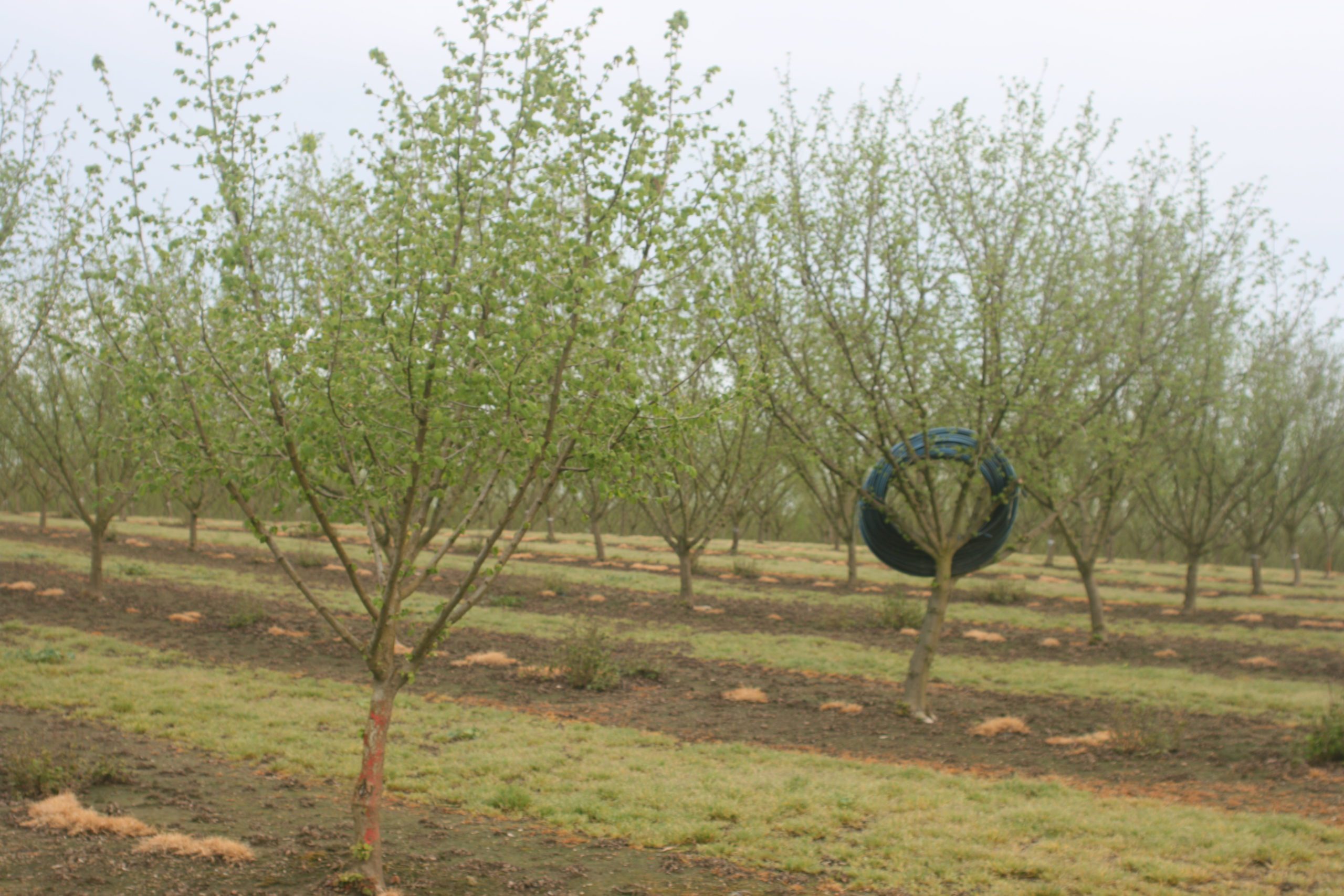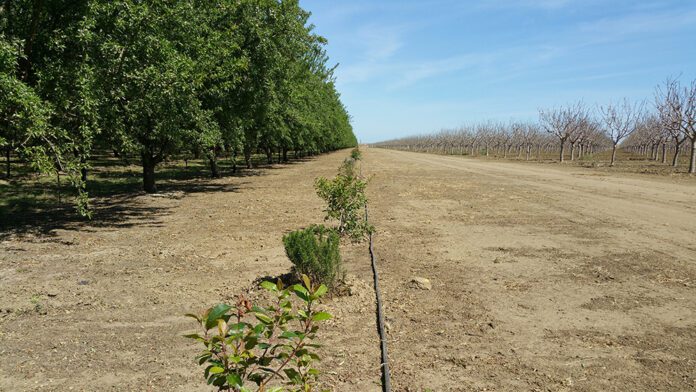
Planting hedgerows and flowering cover crops to boost pollinator populations in fields and orchards has been strongly encouraged in recent years by researchers and industry groups, even as increased pesticide risks to pollinators have been noted.
In a webinar, Dr. Neal Williams of the UC Davis Entomology Department outlined native pollinator exposure risks and the potential of habitat-based mitigation.
“Why should growers be concerned with wild pollinator pesticide exposure?” he said. Wild bees, Williams noted, can complement pollination by managed bees. California has about 1,600 native pollinator species that visit both crops and unmanaged plants.
Honeybees are the cornerstone of agricultural pollination and can be moved where they are needed. However, they are generalized pollinators and not particularly efficient at pollinating all crops. For example, leafcutter bees can “trip,” or change, the flower configuration in seed alfalfa production, which is necessary for pollination.
Williams said managed honeybees have a large forage radius, scouring broad landscapes for food. Native pollinators have smaller flight ranges, making them useful in seed production because they are less likely to bring in pollen from other varieties and contaminate the seed crop.
Using an Integrated Approach
Williams said research has shown that using an integrated approach with managed bees alongside native pollinator populations can improve pollination efficacy. How honeybees and native bees move within a flower, as well as their size, can influence efficiency. In strawberry production, for example, larger honeybees move over the top of the flower, while smaller native bees move around the base, increasing pollination efficiency.
Understanding foraging and nesting habits is important for identifying how pollinators may be exposed to pesticides. Ground nesters can be affected by pesticides applied to the soil.
Herbicides, fungicides and insecticides can all impact wild pollinator populations. Herbicides reduce available flowering plants and eliminate butterfly host plants. Fungicides target a wide range of biochemical pathways. Insecticides can disrupt growth, biochemical signaling and neurological function.
Overall, pesticides can increase mortality and decrease reproduction. Sublethal exposure can affect native bee behavior, lowering their ability to pollinate. Bees are highly mobile and can pick up contaminated pollen and nectar from a wide variety of plants.
Insects are affected by contacting a pesticide or ingesting it while feeding. Exposure depends on application type and mode of action, and routes vary by pollinator group. Adult bees are all foraging, collecting pollen and nectar for food, and can bring insecticide residues back to nests. Williams noted that a systemic insecticide applied well before flowering can still be found in pollen and nectar and cause a reduction in populations.
Exposure can also come from contaminated soil if pollinators are ground nesters.
With exposure comes less efficient foraging, fewer pollen-collecting trips and less pollen gathered per hour. Exposed pollinators are also less able to manipulate flowers.
Pesticide impacts are widespread, Williams said. Milkweed samples from 19 Central Valley sites all had pesticide residue.
Planting pollinator habitat is one way to provide “clean forage,” Williams said, but there may be a risk. One concern is that well-intentioned habitat may become an ecological trap, a resource that attracts an organism but presents a risk that kills or reduces reproduction, potentially leading to population decline.
To mitigate negative pesticide impacts, a Yolo County study examined bee foraging for pollen from flower plantings. Williams said the study recorded numbers of pollinator nests and offspring with and without added wildflower plantings at 14 sites. It also identified pollen sources in the landscape and calculated pesticide risk from residues in pollen.
The study found that both bee species foraged on pollen from flower plantings, though reliance varied. Overall, Williams said, wildflower plantings mitigated pesticide risk for pollinators. Bees used pollen from the plantings and increased reproduction. When pesticide risk was high, wildflowers reduced or outweighed the impact.

Cecilia Parsons | Associate Editor
Cecilia Parsons has lived in the Central Valley community of Ducor since 1976, covering agriculture for numerous agricultural publications over the years. She has found and nurtured many wonderful and helpful contacts in the ag community, including the UCCE advisors, allowing for news coverage that focuses on the basics of food production.
She is always on the search for new ag topics that can help growers and processors in the San Joaquin Valley improve their bottom line.
In her free time, Cecilia rides her horse, Holly in ranch versatility shows and raises registered Shetland sheep which she exhibits at county and state fairs during the summer.







